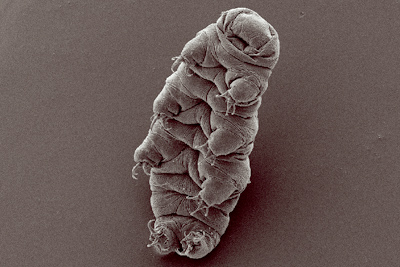DIY Cards

Arctic Fox
Vulpes lagopus

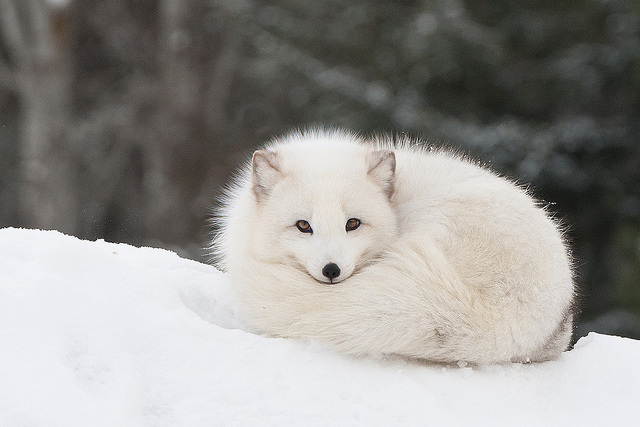
he Arctic fox (Vulpes lagopus), also known as the white fox, polar fox, or snow fox, is a small fox native to the Arctic regions of the Northern Hemisphere and common throughout the Arctic tundra biome.[1][3] It is well adapted to living in cold environments. It has a deep thick fur which is brown in summer and white in winter.
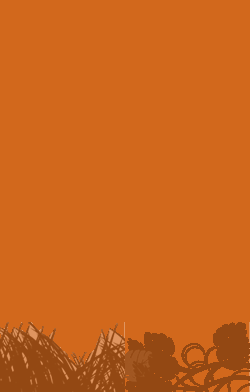
Komodo dragon
Varanus komodoensis

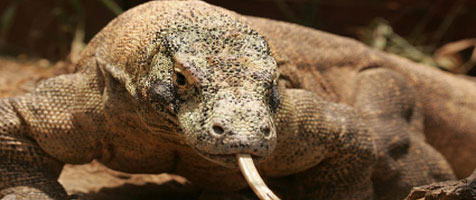
The Komodo dragon[4] (Varanus komodoensis), also known as the Komodo monitor, is a large species of lizard found in the Indonesian islands of Komodo, Rinca, Flores, Gili Motang, and Padar.[5] A member of the monitor lizard family Varanidae, it is the largest living species of lizard, growing to a maximum length of 3 metres (10 ft) in rare cases and weighing up to approximately 70 kilograms (150 lb).[5]

Killer Whale
Orcinus orca

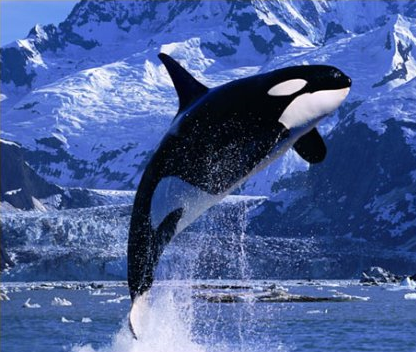
The killer whale is a toothed whale belonging to the oceanic dolphin family. Killer whales are found in all oceans, from the frigid Arctic and Antarctic regions to tropical seas. Killer whales as a species have a diverse diet, although individual populations often specialize in particular types of prey. Some feed exclusively on fish, while others hunt marine mammals like pinnipeds, and even large whales.

Beaver
Castor

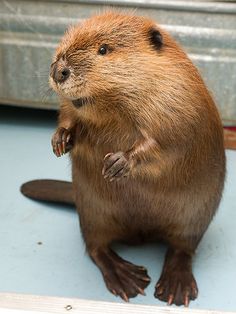
The beaver (genus Castor) is a primarily nocturnal, large, semi-aquatic rodent. Castor includes two extant species, the North American beaver (Castor canadensis) (native to North America) and Eurasian beaver (Castor fiber) (Eurasia).[1] Beavers are known for building dams, canals, and lodges (homes). They are the second-largest rodent in the world (after the capybara).

Salmonberry
Rubus spectabilis
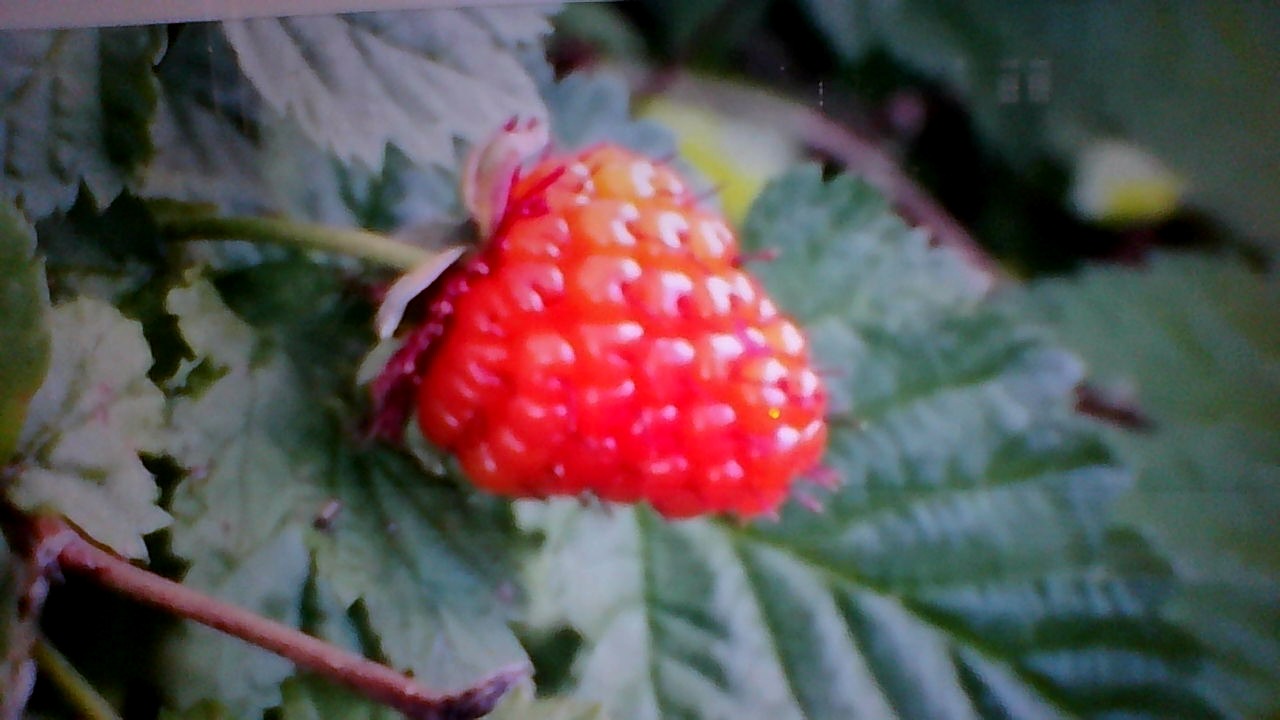
2 POINTS
First berry ripe to eat on the west coast of BC. The Musqueam people call the month of June “the time of the salmonberry”.



